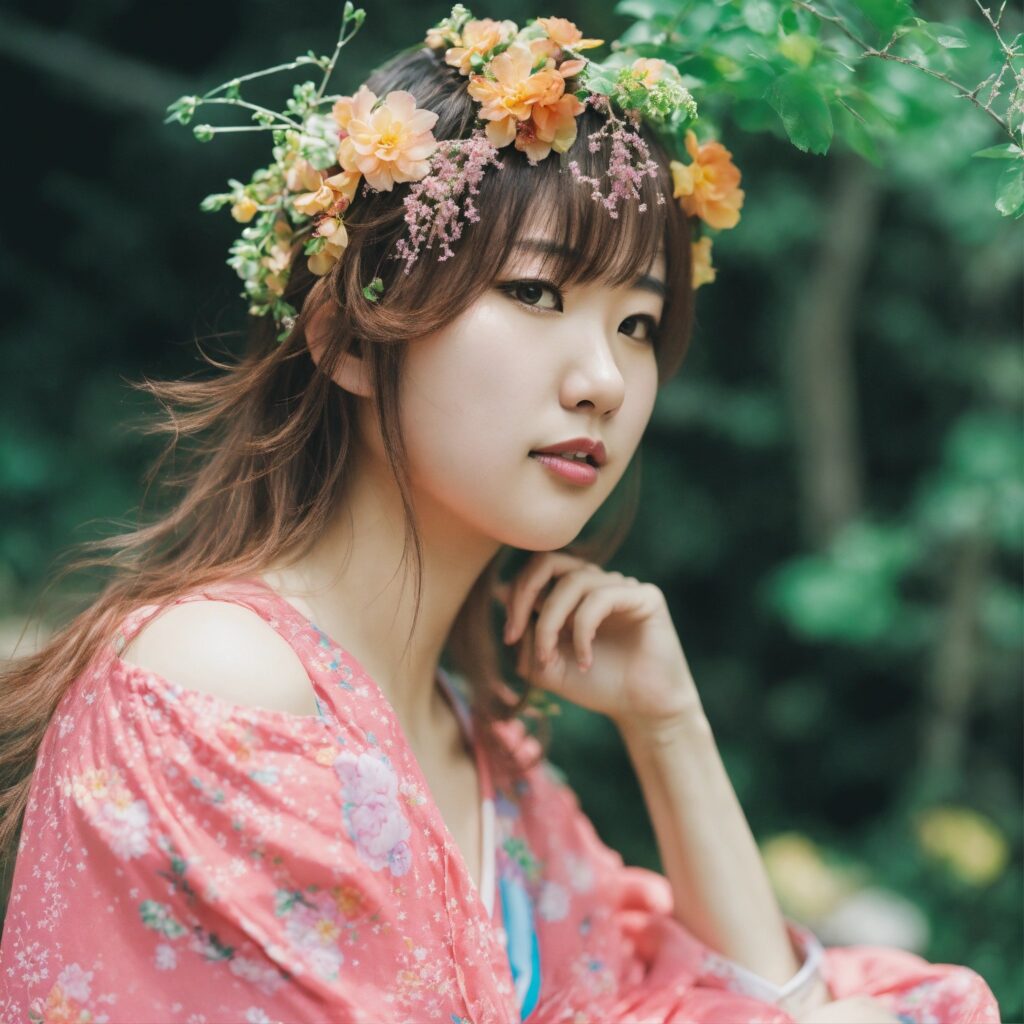
Table of Contents
Introduction
Japan’s philosophy celebrates natural beauty, which is valued for simplicity, elegance, and grace. The Japanese beauty sensibility often emphasizes ethereal, perfect porcelain skin and classic elegance that draws from centuries of history rooted in simplicity—high-quality ingredients harvested by traditional knowledge. Despite this, many ancient beauty methods have become staples in modern beauty routines—like using rice bran or green tea on your skin from Eastern practices—showcasing our ageless love of au naturel purity.
Historical Context
Beauty in Japan Trivia & Fact File (Japan vs Korea)
The Japanese industry has been using beauty routines for a long time, with its roots deeply entrenched in ancient practices. However, traditional Japanese beauty has been praised for its naturality and unpretentiousness, especially in clear pale skin with minimal makeup. Keep up with Japanese beauty. Despite being innovative, traditional cures and absolute prevention are still essential components of Japanese skincare, as are home remedies like rice bran powder, green tea extract, or Camellia oil,
Beauty Trends in Korea throughout History
Arrogant and modest beauty trends were directly affected by Confucian values, with the Korean mainstream using historical lens color. For example, women in the Joseon Dynasty naturally cared for their skin using herbs and minerals while demonstrating elaborate hairstyles to represent social standings through makeup. These are traditional practices that paved the way for modern Korean beauty standards.
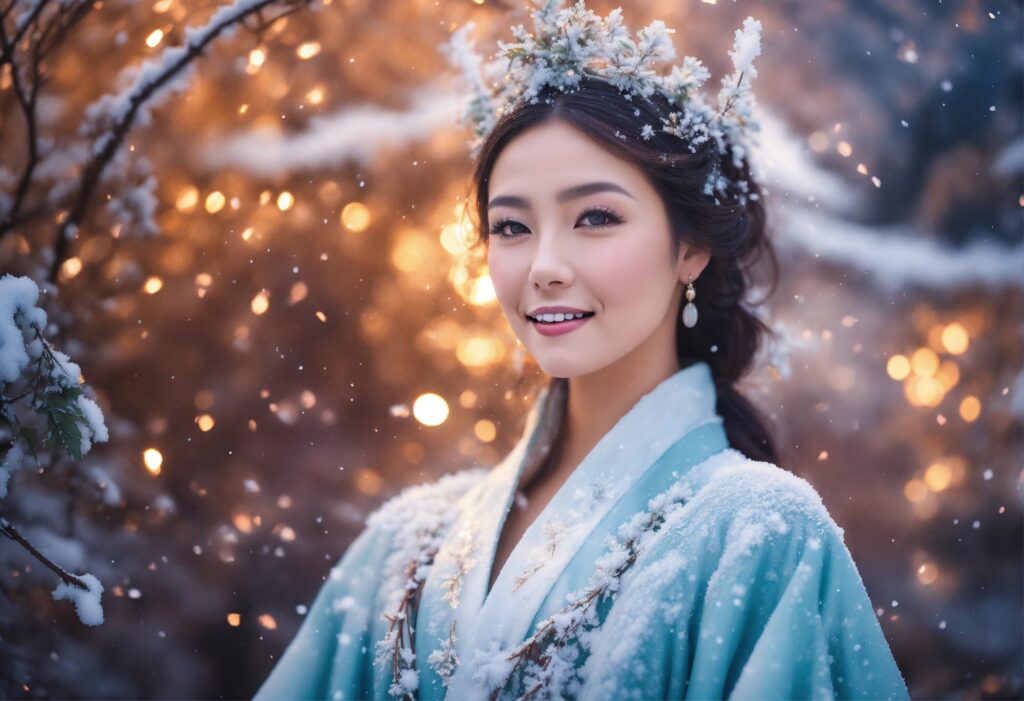
Cultural Influences
Japanese Beauty Ideals
Japanese beauty standards are linked to a culture that values subtlety, elegance, and being naturally graceful. At the heart of these ideals is near-perfect skin, which is heralded as the key to universal beauty. One facet of this precious ideal is a desire for fair skin, which has long been linked with wholesomeness, grace, and class in Japan. This preference may affect a variety of beauty products and practices in Japan.
To make this beauty standard a reality, Japanese products aim to brighten skin color and have anti-ageing properties. It is not a big surprise to see sunscreens included in Japanese skincare regimens since the culture strongly focuses on preventing skin damage (hyperpigmentation, premature ageing). It has been proven that excessive exposure and hard sunlight can cause both.
Korean Beauty Standards
Korean Beauty Standards:
The Quest for Perpetual Youth and a Glowing Aura of Radiance [Source] Image by Maru Chang on Unsplash In South Korea, where maintaining one’s appearance is an almost sacred social ritual, the value placed… Glass skin, especially something that is coveted by many, refers to a face so smooth and luminous it seems almost mirage-like in texture; as clear an sparkling as glass. This desirable look shows dedication to looking after your skin and giving it the hydration and healthiest state of smooth, even texture. To achieve this, Korean women use a lot of skincare steps and products such as cleansing oils, exfoliants, hydrating essences or cream-sheet masks.
Skincare Routines
Japanese Skincare Philosophy
Regarding Beauty, simplicity and consistency are the order of their skincare priorities. The three most universal steps are traditional cleaning, toning, and moistening. Contemporary Japanese skincare, however, includes practices such as exfoliation and serum. Bestsellers like gentle cleansers, hydrating toners, and nourishing moisturizers primarily focus on actives like hyaluronic acid and ceramides.

Emphasis on Simplicity
Simplicity and minimalism are central themes—think über-laid-back skin care regimens with not much more than a cleansing step. Japanese beauty routines use a much more humble array of products as they concentrate their skincare rituals on bettering just 1 or 2 selected high-quality items. This involves focusing on core products that address the essential aspects of skin health but avoiding too many subsequent layers or ingredients that may not necessarily fit your particular skin type needs to thrive.
Popular Products & Techniques (Natural Beauty)
Japanese beauty brands like Shiseido, SK-II, and DHC have leading technology for skincare products that continue to be recognized worldwide. Shiseido is famous for its long history and advanced research, developed routine products to create beautiful, healthy skin. The brand is probably most famous for its star ingredient, Pietro™ (naturally derived yeast extract), which helps to maintain a crystal clear complexion. DHC is known in the green beauty space for using quality natural ingredients that have amassed celebrity status with cult favor’s like their cleansing oils and antioxidant-rich serums.

Korean Skincare Regimen
The legendary multi-step routine—often ten steps or more—entails (forgive me if I missed one) the following: cleansing—> exfoliation—-> toner—–> essence——-> serum(es)—==> moisturizer+ sunscreen. Every step targets certain problems the skin has and helps with overall health.
Multi-Step Approach
This Korean skincare multi-step system is created to help achieve clean skin (due to the though or thorough) with targeted treatments on different issues impeding clear, radiant complexion. Unsurprisingly, this method starts with using cleansing oils, which dissolve makeup, sunscreen, and impurities without stripping the skin of its natural oils. Afterwards, an exfoliation process is completed using a scrub or chemical exfoliant to remove dead skin cells and open the pores up, preventing clogged pores and providing you with smoother, younger-looking, radiant, vibrant skin.
Ingredients and Innovations
Innovative ingredients like snail mucin, ginseng, or propolis are commonly found in Korean beauty products. These components are acclaimed for their repair and anti-ageing characteristics, so they are usually included in products that treat all kinds of skin complaints. (Natural Beauty)
Makeup Trends
Japanese Makeup Trends
Japanese makeup trends lean toward a natural and simple look. It should cater to many women because it adheres more to creating that perfect base without necessarily providing the most coverage. Best sellers include sheer foundations, light blushes, and neutral lip shades. In Japanese makeup, you often find it is the type to make your features pop more and look less overwhelming.
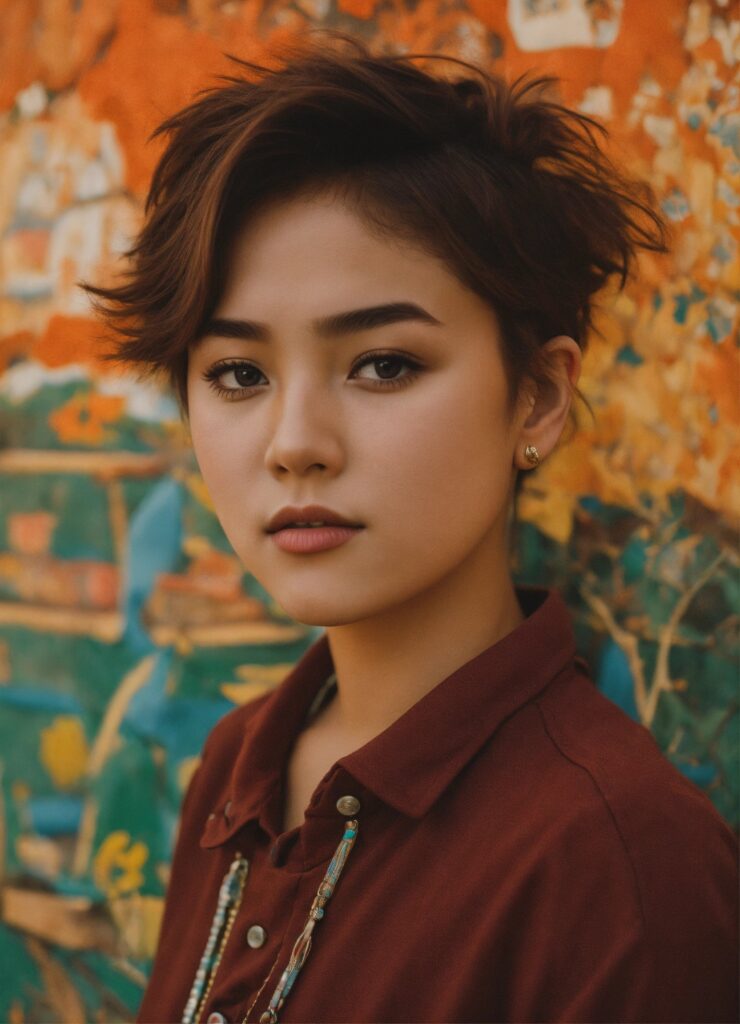
Natural and Minimalistic
This method focuses on a flawless face, using a very light foundation or tinted moisturizer and only applying concealer to the blemishes that need extra coverage. Eyebrows keep looking natural but neat, and eyes are subtly defined with neutral eye shadows and mascara to define the eyes without overpowering. Lips are kept subtly sexy. Just add a touch of color and shine with these tinted balms or glosses for an understated, warm, yet nurturing look! Generally, Japanese makeup focuses on accenting the appeal of each person individually and tends to favors a less is more approach that reflects an elegant yet understated simplicity.
Popular Products and Brands
Related reading: Popular Japanese Makeup Brands – people love Shiseido, Kanebo & Majolica Majorca. These brands are known for their dedication to providing consumers with the best makeup that boosts natural beauty while feeling very comfortable and lightweight. Shiseido: Inn(builder) of the Beauty Industry does not need an introduction; everybody knows it crafts top-notch products by layering state-of-the-art technology on a base created from centuries-old Japanese ingredients.

Korean Makeup Trends
Korean makeup is typically focused on creating dewy, radiant skin. This much-desired luminous and transparent finish look is popularly known as “glass skin.” Korean makeup also incorporates fun and bold colors, focusing on looking bright and energetic.
Dewy and Flawless Skin
One of the Korean techniques that have taken off is cushion compacts, revolutionary makeup products that give a light to medium coverage with a dewy finish. Instead, a sponge applicator in the cushion releases a liquid that melts into and covers the skin seamlessly to hydrate and give you an innocent blush. With those three approaches combined, Korean skincare routines work towards hydrating your skin to look both luminous and impeccably natural — the epitome of dewy perfection. Iconic Products and Brands
Sweet and Fresh The Natural, Blushed Look Centuries of Korean tradition focused on wearing light makeup, which is to puzzle with airy, delicate features while working on a naturally blooming face that can never lose its charm. K-beauty anomalies such as Etude House Korea cosmetics and Innisfree Korea Lineage have conquered mass recognition worldwide thanks to their breakthrough formulas that help you look youthful, glowing, just fresh off your bed look like as we witness everyday mascara eyeliner still meet nude shades, permanent blush pinkmelassies where dealing skin tone changes exfoliatenofoe.
Korean Makeup:
Hair Care and Styling
Japanese Hair Care Practices
The Japanese hair care routine focuses on health. Natural Hair Care is a common practice that uses natural oils and extracts to manage, grow or enhance hair. These hours-long rituals translate into everyday consumer products such as shampoos and conditioners that use camellia oil or rice bran instead.
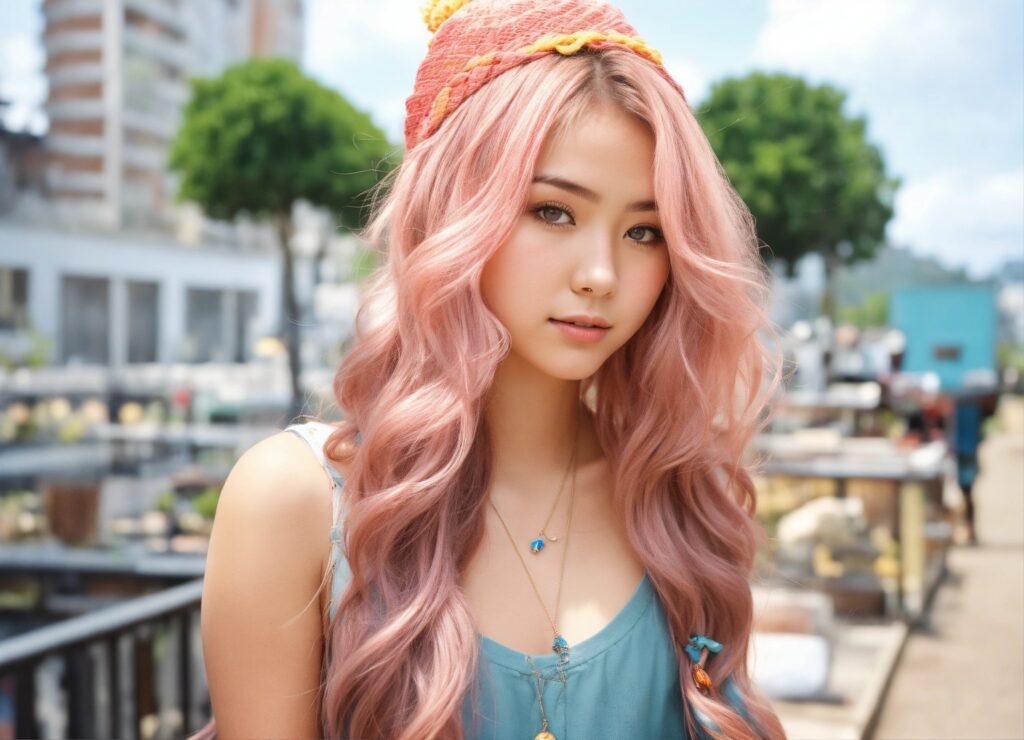
Traditional Techniques
The new wave of Japanese hair care products like Fanola shampoo Fly & Flare carries an ancient tradition where looking after the Earth also applies to your natural environment. One of the most effective proven methods is routine oil treatments, where natural oils like camellia or jojoba are massaged into the scalp and hair. These oils are known for regenerating and containing fatty acids and antioxidants, which help improve hair strength and shine and protect against dryness. As we know, Japanese hair care has roots stemming from the nourishing properties of oils; in addition to oil treatments, herbal infusions are another aspect that celebrates traditional Japanese hair care.
Popular Products
Some brands that manufacture these hybrid hair care products are Shiseido and Tsubaki. These include products to help with everything from dry hair and split ends, like/resembling split enters for days gone by.
Korean Hair Care and Styling
On the hair front, Korean women are all about healthy and manageable results. Asian hair care, particularly Korean hair care, involves more advanced products and systems to create texture or shine the way you want your crowd. Moreover, it would help if you used creative styling tools like the 2 1 hair dryer and style or ceramic IR. Flat irons play a vital role while Indulging in these style statements of hair fashion trends for grooming themselves at home daily. Doing this requires maintenance, too! Marrying a practical approach to hair care with advanced styling wizards gives new Korean beauty trends the best of both worlds: well-maintained and groomed locks.
Modern Trends
As with its fashion trends, modern Korean hairstyles combine sleek and straightened looks with more volume in the curls — reflecting how different this group finds when relating to their appearances. For the most part, sleek, straight hair is often styled perfectly and maintained with state-of-the-art tools like flat irons or smoothing serums to be given a shiny finish that screams sophistication. On the opposite end of the spectrum, big curls have been encouraged for their ability to add texture and movement created by using a curling iron or hot rollers or, with the help of styling, mousse used strategically to ensure it has that proper bounce and definition.
Innovations in Hair Products
Amor pacific and LG Household & Health Care are Korean giants known for their groundbreaking hair care products. These products frequently contain fancy ingredients and technology to make hair look/feel healthier.
Media and Celeb Influencers
Celeb Style Machine:
Korean beauty trends are huge in Japan, and Japanese celebrities play a big part in promoting such ideals. Beauty has a human face. Icons like model and actress Kiko Mizuhara or pop singer Karey Pamyu Pamyu help inform mainstream desires through the originality of their unique looks, which often create new trends. These celebrities are depicted in the media and contribute to defining what is beautiful within Japanese culture.

Korean Pop Culture and Beauty Sway
influence, notably through the international craze for K-dramas and K-pop, has primarily set beauty standards, making a dent in how beauty is viewed and pursued globally. BTS, a global-leading K-pop idol group and Jun Ji-Hyun, who is known for her drama series hits, are some of the celebrities taking part in this trend. The band members of BTS stand out for their music, fashion, and skin, some promoting skincare products through public appearances and endorsements.
Second Part of Media and Celebrities
The Continuing Influence of Korean Pop Culture and Beauty Companies
Korean pop culture, such as K-dramas and K-pop, has massively influenced beauty trends. As a beautiful face without disability standard, such stories are seen in the horde, with folks like BTS making their beauty stock and actress Jun Ji Salim, who has sued them, influencing the electricity globally. Characters in K dramas are often seen with flawless skin and the latest hairstyles; these visuals cultivate beauty ideals in viewers, who then imitate certain products and techniques.

Beauty in Daily Life
Japanese Beauty in Routine
Japanese beauty is a part of the course in everyday life mite. Taking an interest in skincare and self-care rituals is integral to daily life for many Japanese. Because, if nothing else, using this Shimizu (sprinkling water) to keep the ground down might be synonymous with all that focus on skin care. It is a widely known fact that is aiming to remain forever young; the Japanese made visiting skincare professionals or using good quality beauty products essentials of their daily routine.
Korean Beauty As A Part Of Everyday Life
Beauty is equally part of life, and in Korea here, beauty starts from her superior image. Because Koreans are likely to look fresh and flawless even after 10 hours of day drinking in the park, many use products like BB creams and cushion compacts. On top of that, there’s this whole “self-care Sundays” trope where you spend your time doing a multi-step skincare routine or simply lounging about for hours between naps.
Beauty Products: A Competitive Analysis
Essential Components and Their Benefits
Many Japanese and Korean beauty products are designed with natural ingredients that contribute to their unique properties. Rice bran, green tea, and seaweed are popular Japanese ingredients well-regarded for their antioxidant and moisturizing properties. For this reason, Korean products often contain ginseng, snail mucin, and fermented extracts, renowned for their anti-ageing and other healing properties.

No doubt you must have heard of famous brands from Japan and Korea.
Japanese beauty is long known for its quality formulations and luxe packaging. (Japanese beauty is so big on in-the-moment minimalism, isn’t it?) Many love the trendy packaging and innovative products that Korean brands such as Innisfree, Lineages, or Etude House have to offer. The brands, nestled in both countries, operate to cover all-spiffy needs, going that well and are competitive, highlighting cosmetics as noble ones.
Regulations and Safety
Japanese Beauty Product Laws
Beauty regulations are very harsh in Japan. The Ministry of Health and Welfare regulates cosmetics to guarantee they pose no threat. This strict protocol helps retain consumer trust and safety in the beauty sector.

The Korean Beauty Standard
Some of those regulations in Korea are directly for beauty products and come from the Ministry of Food and Drug Safety (MFDS) Ingredients in South Korea. Regulation is the top priority, and efficacy-oriented development and quality control are promoted. Korea has been at the forefront of a beauty and personal care product sales boom, exporting K-beauty worldwide as shoppers across all markets increasingly focus on their appearance.
Clean, Green and Fair Beauty Practices
Sustainability: Japan Style
Beauty with an Eco Spin: Japan’s Green Connection The: The green beauty trend is not just a fad; it results from changing social narratives and profound cultural shifts. Japanese brands are embracing sustainability, green packaging, and using natural raw materials obtained sustainably. Examples include more frequent use of biodegradable compounds and work on cutting waste.
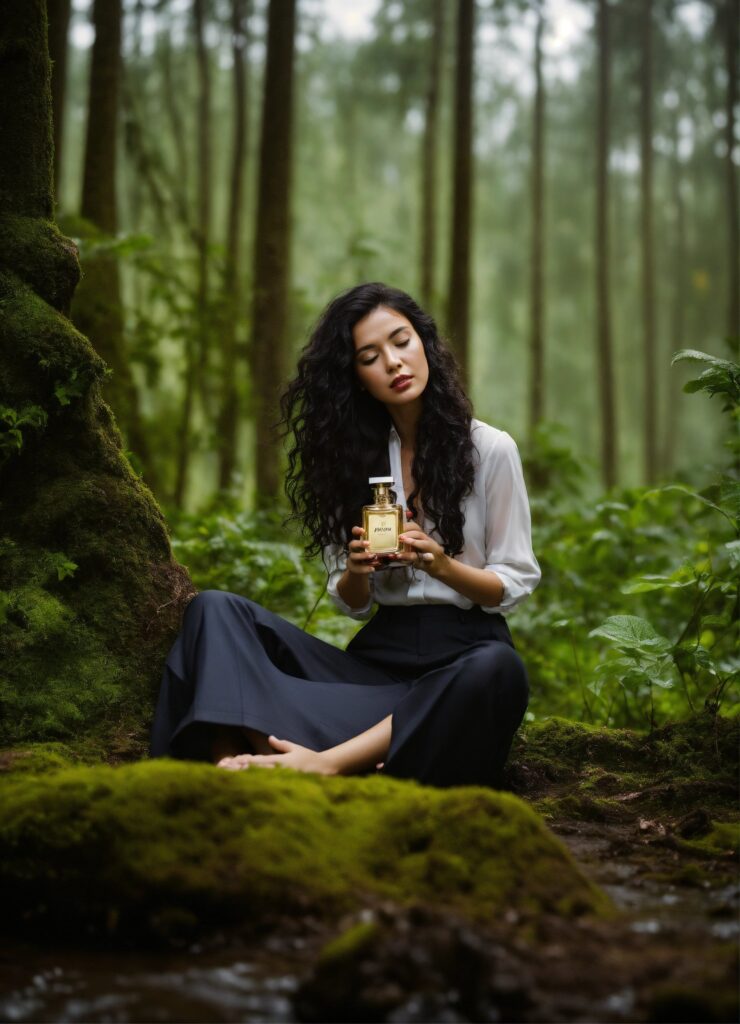
Ethical Beauty is the Future for Korea
That being said, it is also reassuring that Korean beauty brands are starting to move with the times as well, given their minimal cruelty-free products and more conscious sourcing—they can sleep easy at night. A zero-waste, fair labor company, neither the environment nor their workers are afterthoughts for many Korean brands.
Looking in the Rearview Mirror and Overhead to Prepare for Upcoming Trends
What Is New In Japanese Beauty?
Japan Keep Aglow Electric skincare appliances represent some of the next-generation innovations transforming Japanese beauty habits in new directions. They offer an early indication of how Japan’s hair and skin care routines are beginning to evolve organically with a greater emphasis on hi-tech and personalized solutions. Popular innovative things on the rise include intelligent skincare devices and personalized beauty routines. These trends will define Japanese beauty long into tomorrow when AI and data analytics become an everyday part of a consumer’s skincare regime.
What is Coming Ahead in Korean Beauty Trends?
K-beauty keeps getting weirder, wackier and more extraordinary by the minute. The report highlighted that the future of Korean beauty will be bolstered by technology in skincare “smart” products and a continued focus on global trends. Also, it emphasizes the qualities of beauty that transcend into these more extensive holistic narratives with an ultimate focus on wellness and self-care.
Conclusion
STK The difference between Layers in Korea and Japan shows comprehensive, attractive standards based on cultural views. Previous Post: While both countries are committed to skincare and aesthetic excellence, they show their dedication in a unique manner. While Japanese skincare focuses on simplicity and heritage, Korea goes for a multi-step regimen—well, you know how they love layering products—and cutting-edge ingredients. The beauty practices of each nation elucidate what cultural history combined with hyped-up advancements has to tell us about natural beauty.
With global beauty trends changing and evolving, so will the influence of Japanese and Korean beauty practices. These practices can help us further respect other beauty standards and also teach us to love the friends we have within ourselves.
FAQs
1. Korean vs Japanese Skincare: Major Differences
Japanese skincare routines are minimalistic and follow the maxim of Cleanse Tone Moisturize with fewer products. Korean skincare routines are famous for being incredibly complex, with a multi-step process and a long list of products, including essences, serums, masks, etc.
2. What separates Japanese makeup from Korean makeup?>>
More natural and sometimes even squeaky clean…Japanese makeup trends are all about soft touches that are blended just right! However, Korean makeup trends aim for a pale, dewy glow with pops of color and fun styles.
3. Is there any overlap in the ingredient lists of popular Japanese and Korean beauty products?
Yes, Japanese and Korean beauty products utilize ingredients such as green tea, ginseng, or hyaluronic acid due to their moisturizing capabilities and natural anti-ageing properties.
4. What are Japan and Korea doing to achieve sustainability within the beauty industry?
Japan and Korea also press forward in environmental consciousness for the green beauty cause, with Japanese brands leading the way on eco-friendly packaging and all things natural ingredients; the Korean brand made a name to be a cruelty-free product maker soon enough.
5. JAPANESE AND KOREAN BEAUTY FUTURE川幅美保?
In the future, where Japanese beauty offers technological solutions and custom skincare options, Korean beauty will see more smart cosmetics or a holistic health approach.
